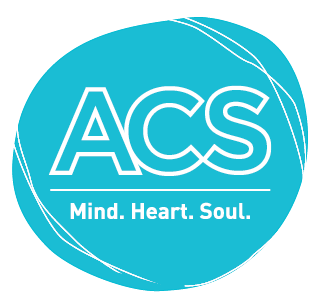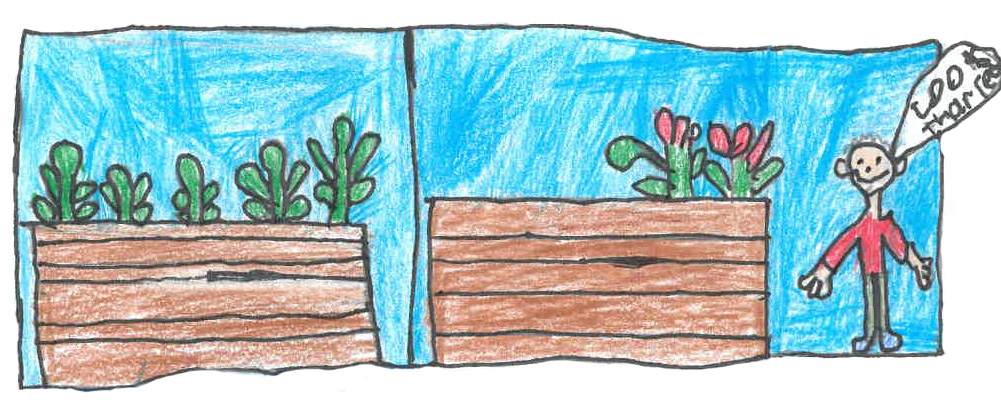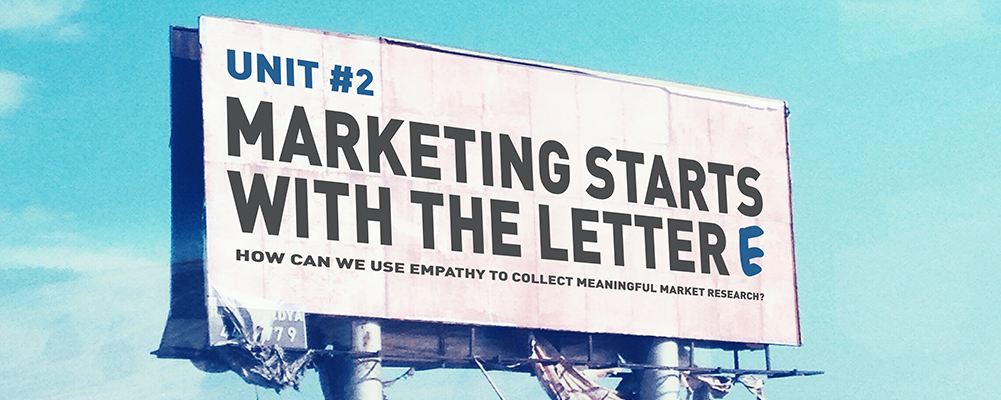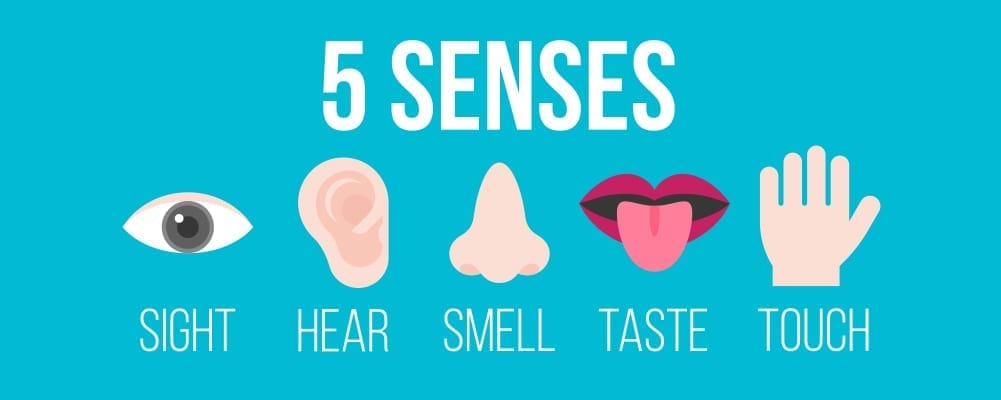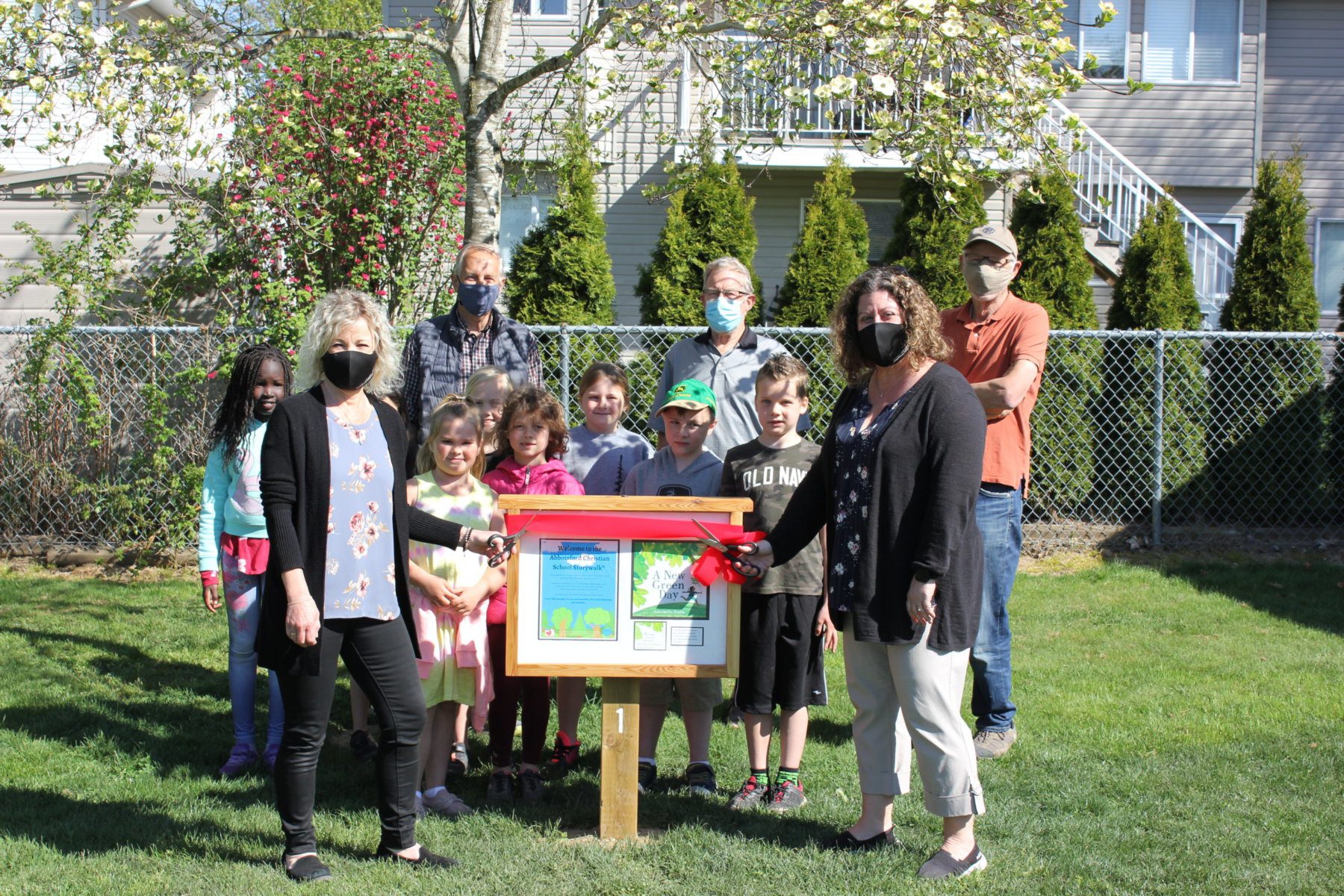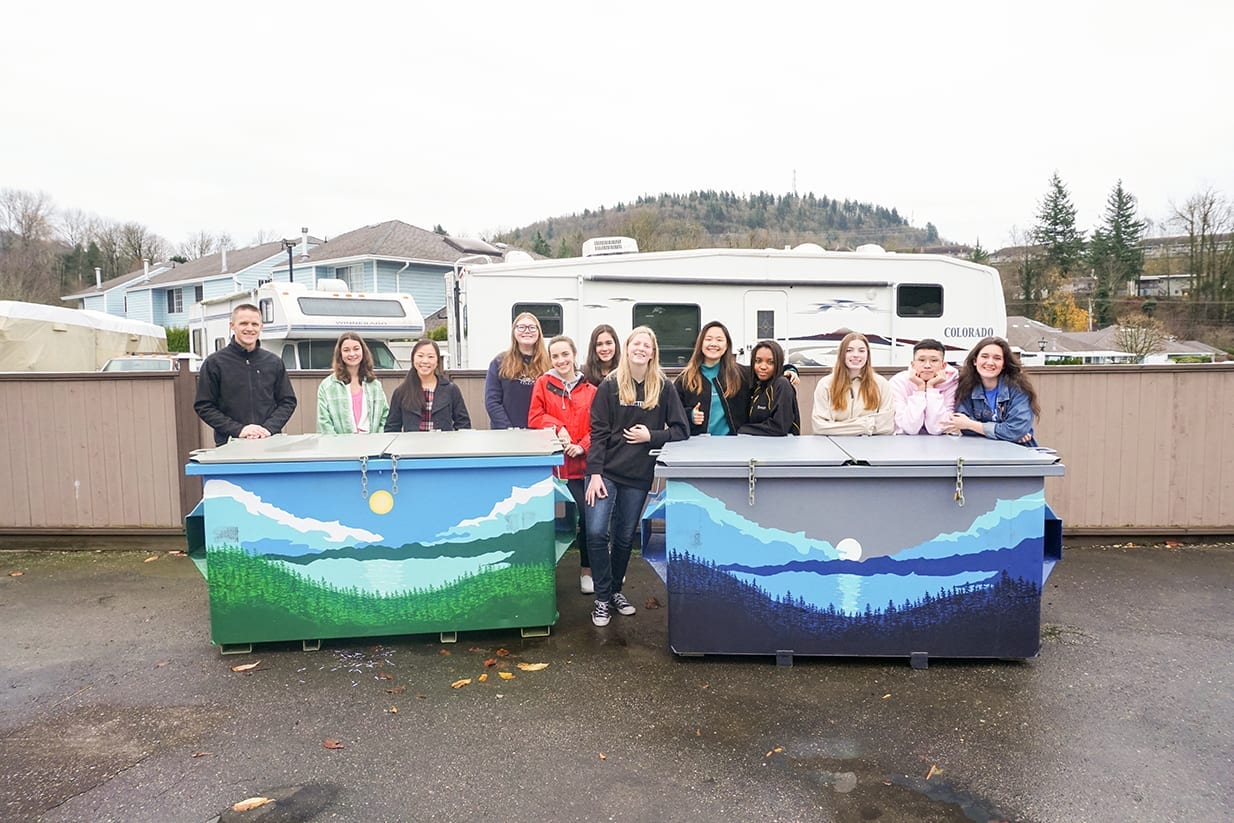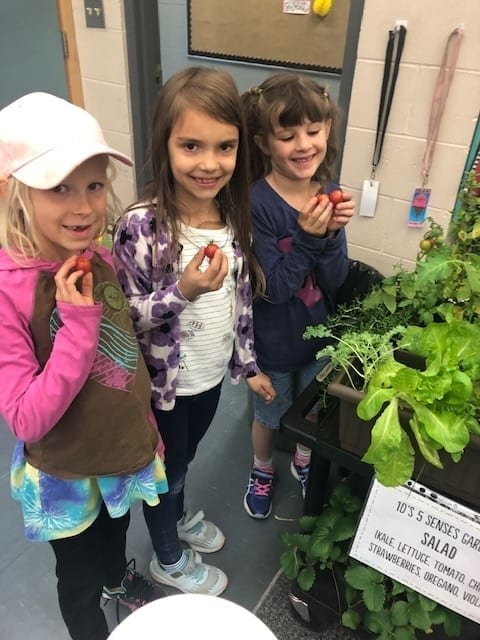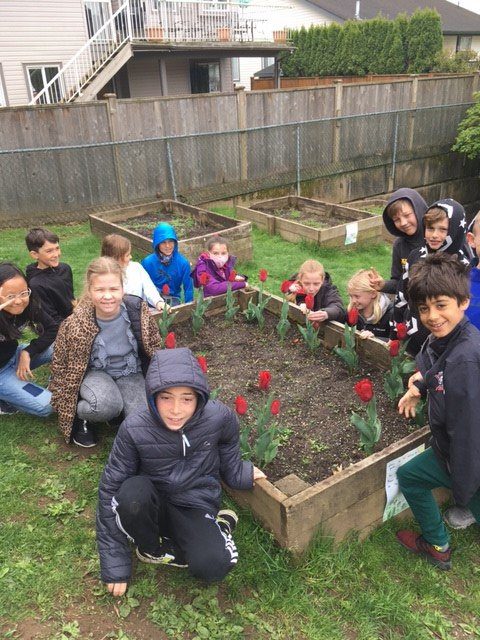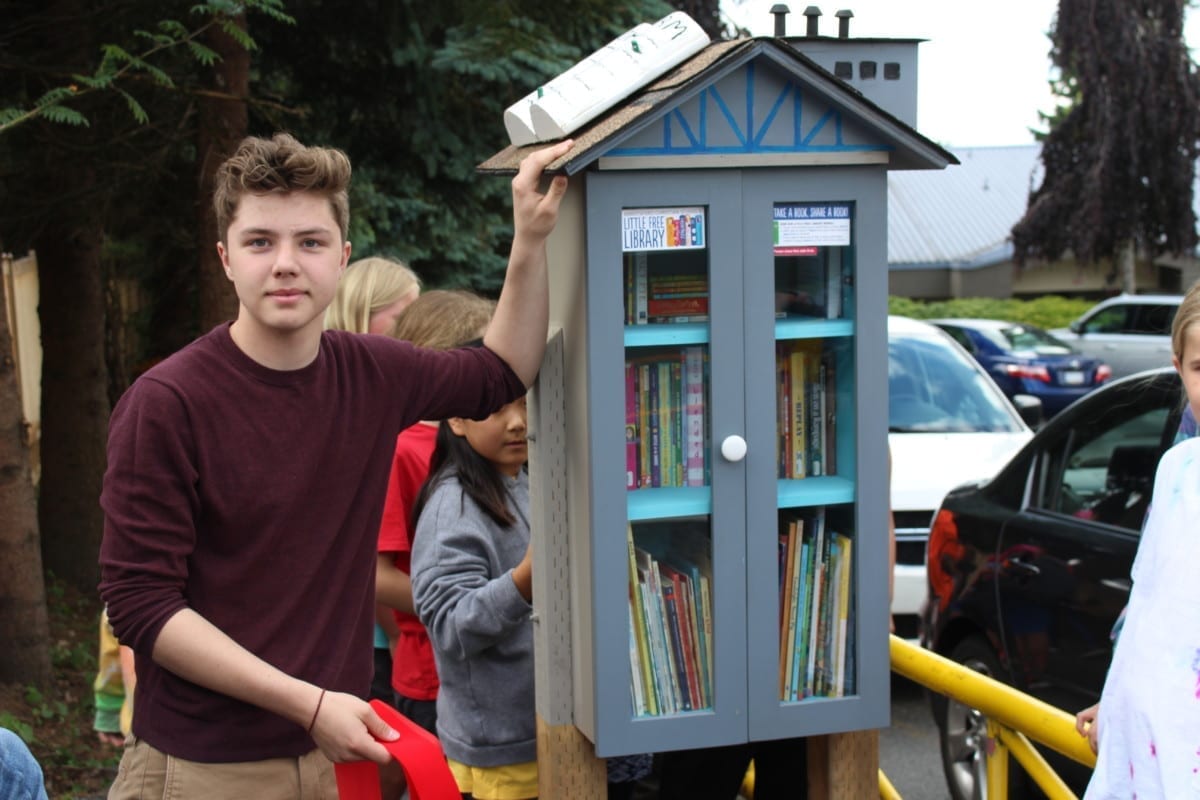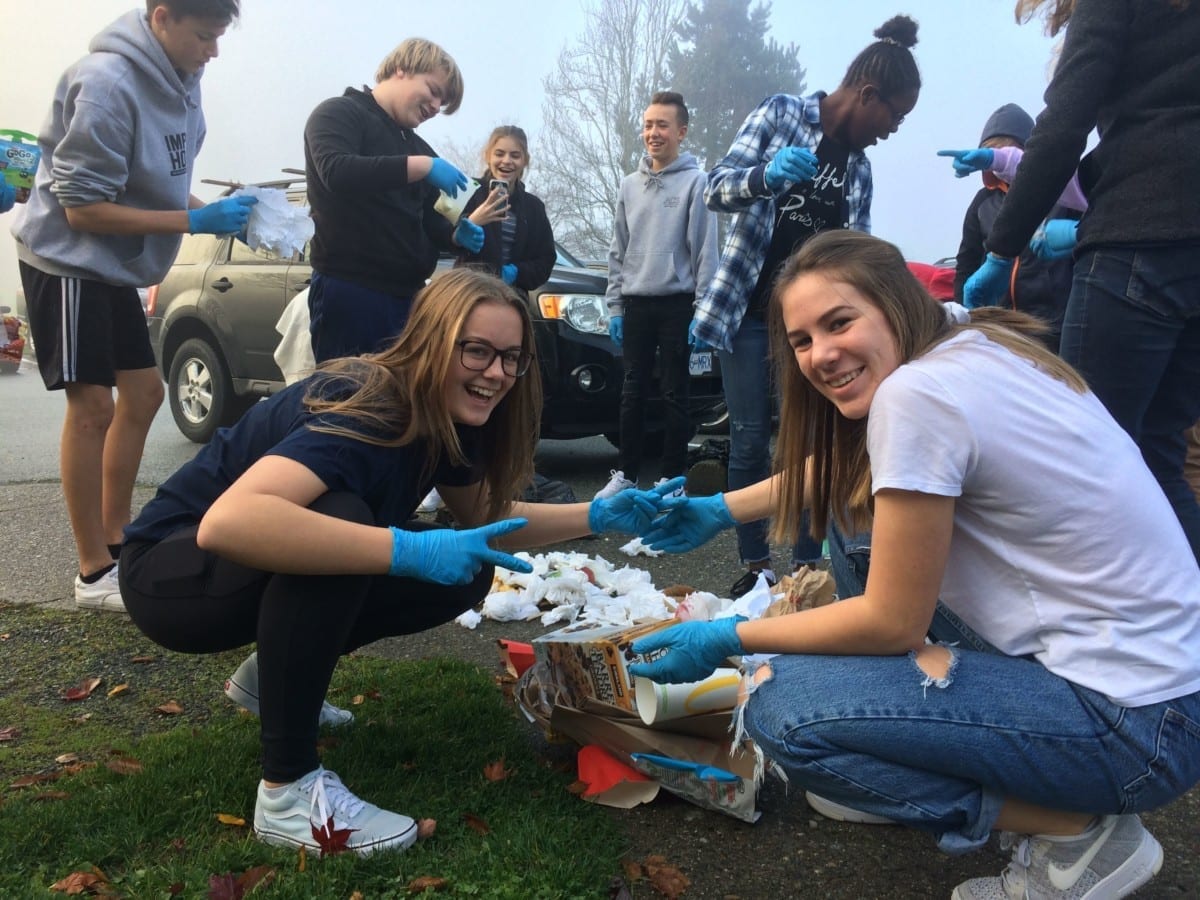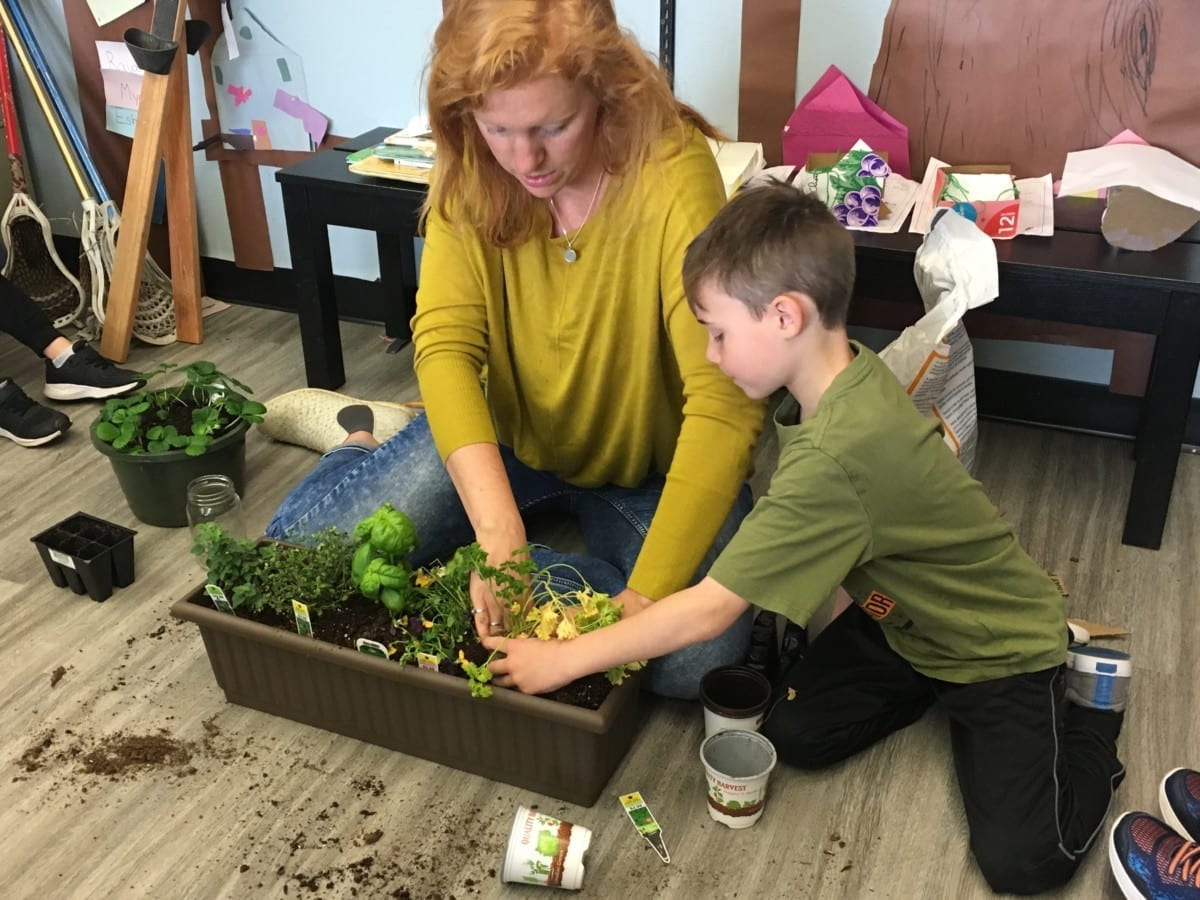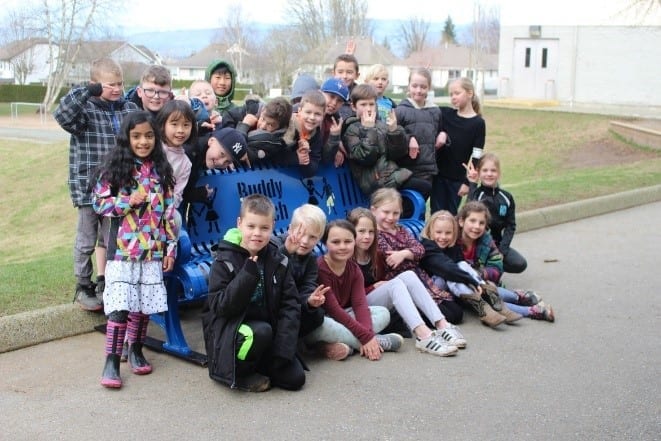We believe that today’s students need significantly more than lectures and tests to be able to change the world tomorrow.
THERE ARE MANY WAYS to educate students, but we believe one of the most effective ways is through project-based learning (PBL). Our teachers use PBL to engage students, make their learning relevant, and prepare them for the real world. It is real work, with a real need, for a real audience. Like designing AND launching a small business; or finding a way to help the local declining bee population. These projects engage students on a level that helps them become producers and not just consumers! They learn practical skills while actually making a difference.
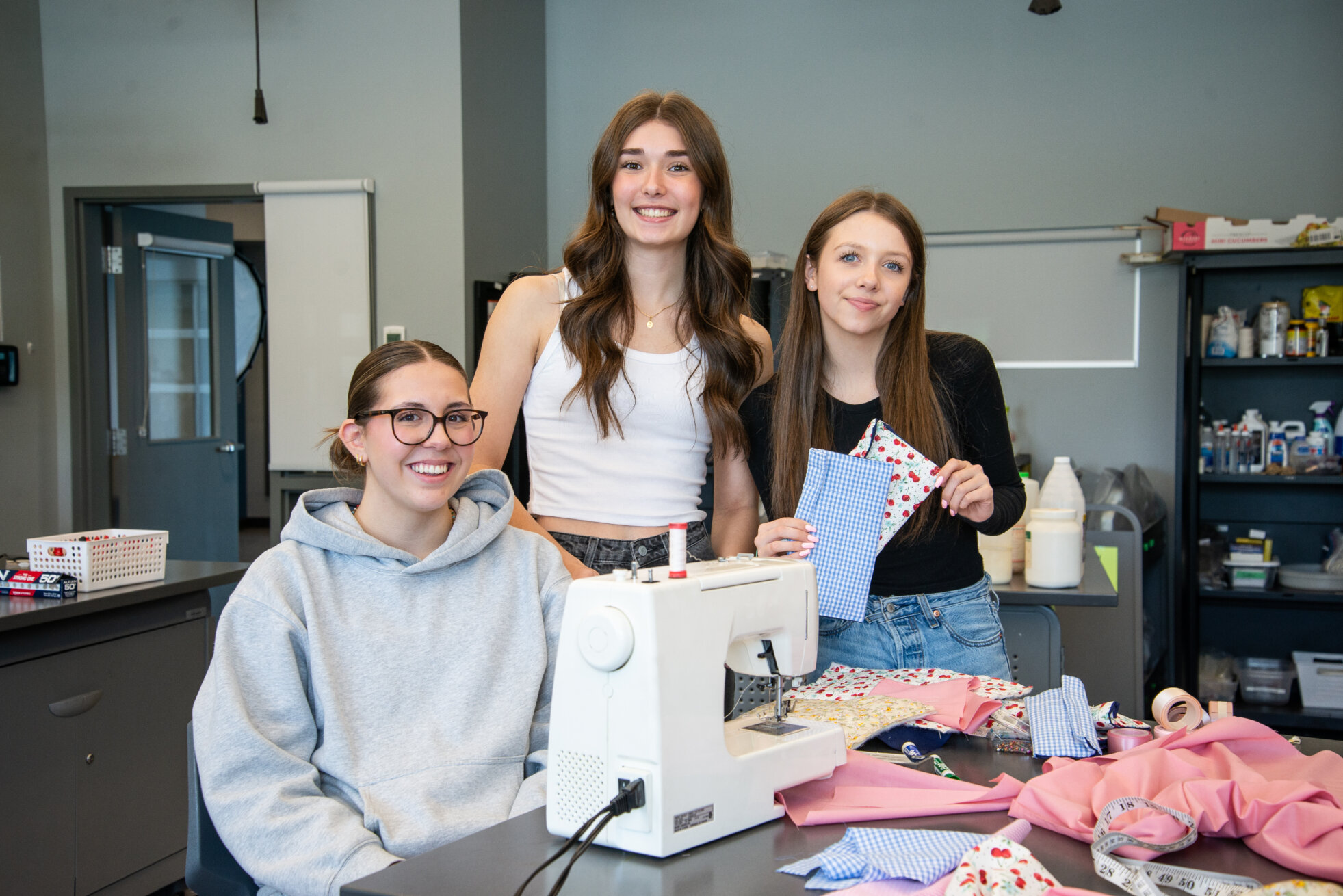
PBL Project Portfolio
Take a closer look at some of our best projects completed by ACS students below, or view & filter them all here.
Kindness Gardens of Remembrance
DRIVING QUESTION: In keeping in step with our entrepreneurial forefathers who were always thinking about the future, we continue to think and plan for the future. The next step in the building of God’s Kingdom is a refreshing our elementary campus recognizing the need for spaces that will help our students in their learning journey.
Marketing Starts With the Letter “E”
DRIVING QUESTION: How can we use design thinking to market a local non-profit organization?
Transforming Trash to Treasure
DRIVING QUESTION: How can we serve our neighbours by transforming trash to treasure?
Growing Your Five Senses
DRIVING QUESTION: How do we go about making a five senses garden that is useful to us and our school community?
Religious Symposium
DRIVING QUESTION: What impact does faith have on my life and how can religious belief benefit society?
My Story, Our Story, His Story
DRIVING QUESTION: How do I fit into the story of Abbotsford Christian School?
8 key elements of PBL
If you’re new to the concept of PBL, continue reading for a crash course on what it entails!
1. Focus on Significant Content
At its core, PBL projects are focused on teaching students important knowledge and skills, based on key concepts at the heart of academic subjects.
2. Develop 21st Century Competencies
Students build competencies valuable for today’s world, such as critical thinking/problem solving, collaboration, communication, and creativity/innovation.
3. Organize Tasks Around a Driving Question
Project work is focused by an open-ended question that students understand and find intriguing, which captures their task or frames their exploration.
4. Engage Students in In-Depth Inquiry
Students are engaged in a rigorous, extended process of asking questions, using resources, and developing answers.
5. Establish a Need to Know
Students see the need to gain knowledge, understand concepts, and apply skills in order to answer the Driving Question and create project products.
6. Encourage Voice and Choice
Students are allowed to make some choices about the products to be created, how they work, and how they use their time, guided by the teacher.
7. Incorporate Critique and Revision
The project includes processes for students to give and receive feedback on the quality of their work, leading them to make revisions and conduct further inquiry.
8. Include a Public Audience
Students present their work to other people, beyond their classmates and teacher.
